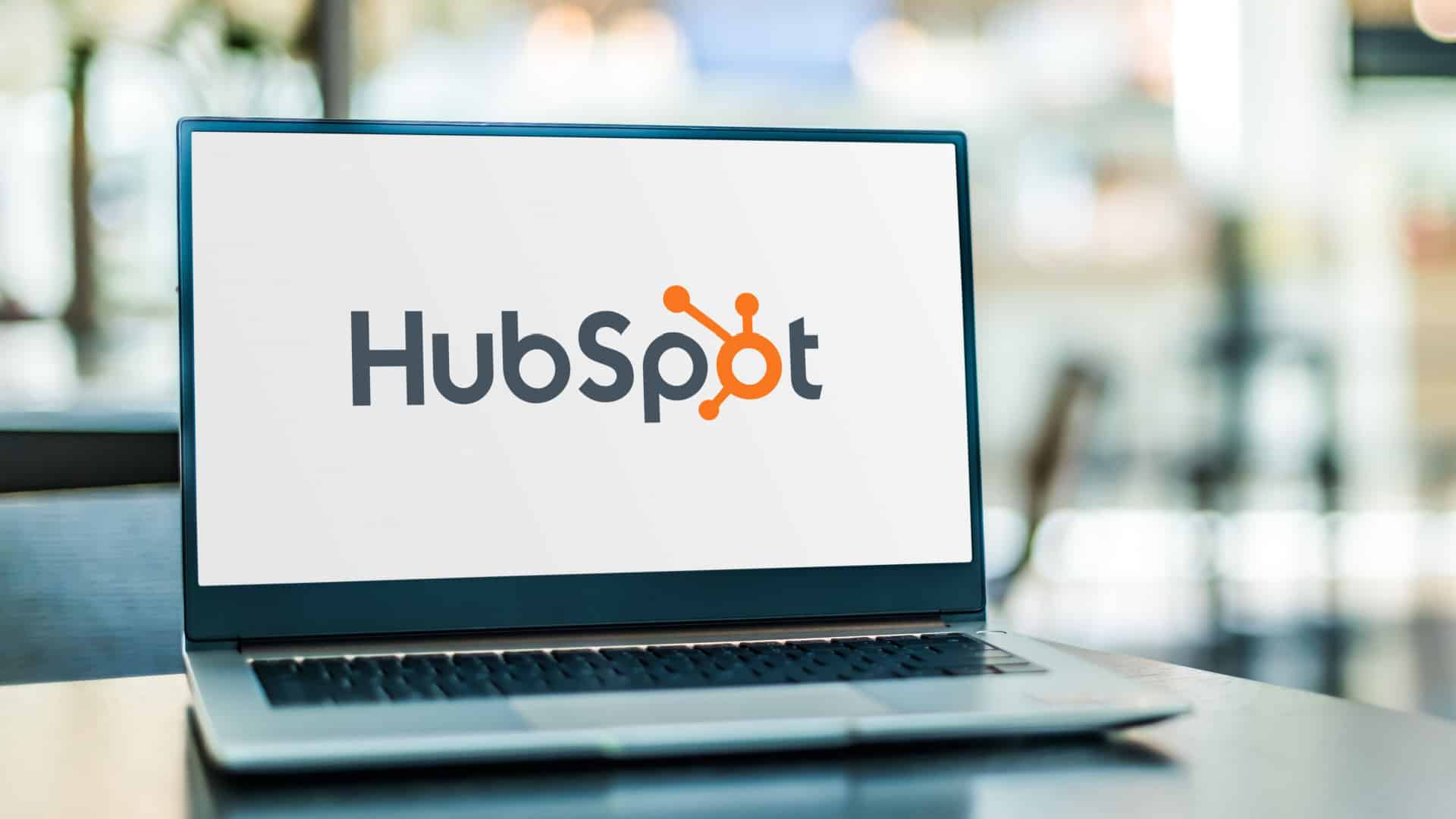MARKETING
HubSpot’s July 2023 releases: The manager’s guide

HubSpot’s July releases include deal-based lists, event workflow triggers, email logging improvements and more.
Here are the updates relevant for managers:
- Deal lists (beta)
- Trigger workflows using events
- Email logging retroactively and to custom objects (beta)
- Working hours and custom voicemail
- Find notes by note content
- New CTAs and drag-and-drop features in marketing email
- Improved totals on line items and quotes
- Reporting for the call object
- Conditional stage properties for custom objects
- Instagram Reels support (beta)
- Google enhanced conversions
Create lists of deals (beta)
Reporting on, exporting, grouping and performing other actions on deals is now enabled with a tool to create deal-based lists. Previously, you could only create lists of contacts and companies. Referencing deal-based lists in workflows will be released soon.
Trigger workflows using events
For timely workflow communications and other automations, you can now use events as a workflow trigger. Previously, a workflow could be triggered if a property had a certain value. The new functionality triggers the workflow when the value changes.
Event-related triggers include:
- Custom behavioral events
- Form interactions
- Form viewed events
- Property value changed
- Sales document events
- Object creation events
- Calling events (call started and call ended)
- Sequence engagement events
- Meeting events (contact booked meeting + contact changed meeting outcome)
Log emails to the CRM retroactively and to custom objects (beta)
Save time and preserve the context of contact communications by logging emails to HubSpot after they are sent or received. One click on emails in your inbox is all that’s needed. Previously, this feature was accomplished by manually forwarding emails to specific addresses, which burdened users.
You can also save time logging email to custom objects in HubSpot using the new release. It allows email logging from Gmail and Office 365 inboxes instead of manually logging the email within HubSpot contact records.
Working hours and custom voicemail
To ensure customers receive service assistance at expected times and better manage rep availability and capacity across global time zones, reps can use a new release to set their working hours in HubSpot.
For more transparency about rep availability that could build stronger relationships with customers, reps can now record a custom voicemail message that may include name, company and hours of availability.
Find notes by the note content
The days of scrolling through records to find notes in the HubSpot CRM are over. Users can now search for notes.
For example, a customer service rep might write a note about a product bug reported by a customer. Sales reps or other team members could quickly find that information to follow up or record the next time the customer contacts customer service.
Marketing email CTAs and drag-and-drop features (beta)
Track the effectiveness of an offer throughout the customer journey and across different tools by utilizing the new CTAs, now available for use in marketing emails. The new CTAs do not have the image rendering issues of the legacy CTAs.
Content creators have more flexibility as they create marketing emails without assistance from a developer, using new drag-and-drog modules within custom-coded email templates.
Improved total costs on line items (beta) and quotes
Make it easier for customers and reps to understand and explain total costs and the due dates of each cost, using the new totals experience for quotes and line items.
Previously, the total summary of quotes did not include how much was due and when it was due by product. That frequently resulted in sales reps walking customers through orders by each line item.
Reporting on the call object
To better understand customer behavior, you can now analyze call information (i.e., call frequency, duration of incoming calls, etc.) by creating single object reports based on the call object.
Conditional stage properties for custom objects
Collect the CRM data you need for better reporting and ensure users follow the correct process using conditional or required properties for each pipeline stage for custom object pipelines. This feature has been available on deal pipelines and has now expanded to custom objects.
Instagram Reels support (beta)
To more efficiently manage all your social media publishing efforts inside of HubSpot, you can now publish and report on Instagram Reels inside of HubSpot.
Google enhanced conversions
Improve the accuracy of your conversion reporting in a privacy-safe way by using the new ad conversion event feature for Google’s enhanced conversions.
Get MarTech! Daily. Free. In your inbox.
Opinions expressed in this article are those of the guest author and not necessarily MarTech. Staff authors are listed here.


















